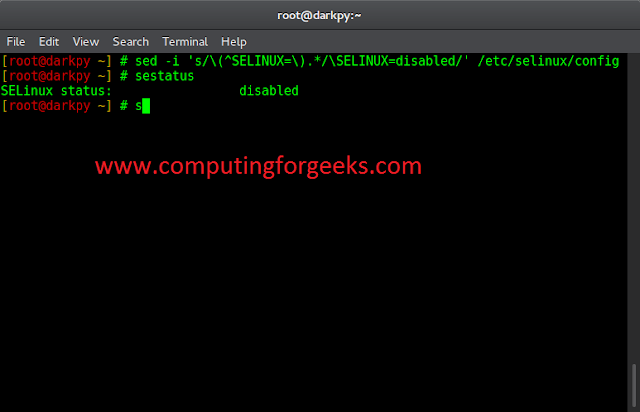In this article, we are going to see how to differentiate a Laguerre series, set the derivatives, and multiply each differentiation by a scalar in Python using NumPy.
Numpy np.lagder() method
Python provides a method called lagder which is present in the Laguerre class that helps us to differentiate the Laguerre series for m times. Numpy np.lagder() method, This method is used to differentiate a Laguerre series. It accepts an array of integers which are coefficients of Laguerre series from lower order to higher order and returns a resultant array. The Laguerre series for one dimensional coefficient array [1,2,3] looks like 1*L_0+2*L_1+3*L_3 and for two dimensional coefficient array [[1,2][3,4]] looks like 1*L_0(x)*L_0(y)+2*L_0(x)*L_1(y)+3*L_1(x)*L_0(y)+4*L_1(x)*L_1(y).
Syntax: numpy.polynomial.laguerre.lagder(coefficient_array, m=1, scl=1, axis=0)
Parameters:
- coefficient_array: It is an array of laguerre series coefficients
- m: It accepts a positive integer that specifies the number of times derivative can be taken.
- scl: It is a scalar value which is multiplied with each differentiation.
- axis: It specifies on which axis derivative is taken.
Returns: an array of laguerre series of derivatives.
Example 1
In the above code, we considered a one-dimensional array and performed differentiation on it m=2 times and at each iteration, we multiplied the result with scalar quantity 2.
Python3
# import necessary packages import numpy as np import numpy.polynomial.laguerre as L # Create an array of coefficients c = np.array([1, 5, 0, 4]) # Display the array before differentiation print("Array before passing to lagder->", c) # differentiate a Laguerre series for m times print("After differentiation->", L.lagder(c, 2, scl=2)) |
Output
Array before passing to lagder-> [1 5 0 4] After differentiation-> [32. 16.]
Example 2
In the above code, we considered a two-dimensional array and performed differentiation one time along an axis 0. The result is multiplied with a scalar value of 5 to give the final array of the Laguerre series of derivatives.
Python3
# import necessary packages import numpy as np import numpy.polynomial.laguerre as L # Create an array of coefficients c = np.array([[1, 2], [3, 4]]) # Display the array before differentiation print("Array before passing to lagder->", c) # differentiate a Laguerre series for m times print("After differentiation->", L.lagder(c, 1, scl=5, axis=0)) |
Output
Array before passing to lagder-> [[1 2] [3 4]] After differentiation-> [[-15. -20.]]
Example 3:
In the above code, we considered a two-dimensional array and performed differentiation one time along an axis=1. The result is multiplied with a scalar value of 5 to give the final array of the Laguerre series of derivatives.
Python3
# import necessary packages import numpy as np import numpy.polynomial.laguerre as L # Create an array of coefficients c = np.array([[1, 2], [3, 4]]) # Display the array before differentiation print("Array before passing to lagder->", c) # differentiate a Laguerre series for m times print("After differentiation->", L.lagder(c, 1, scl=5, axis=1)) |
Output
Array before passing to lagder-> [[1 2] [3 4]] After differentiation-> [[-10.] [-20.]]




